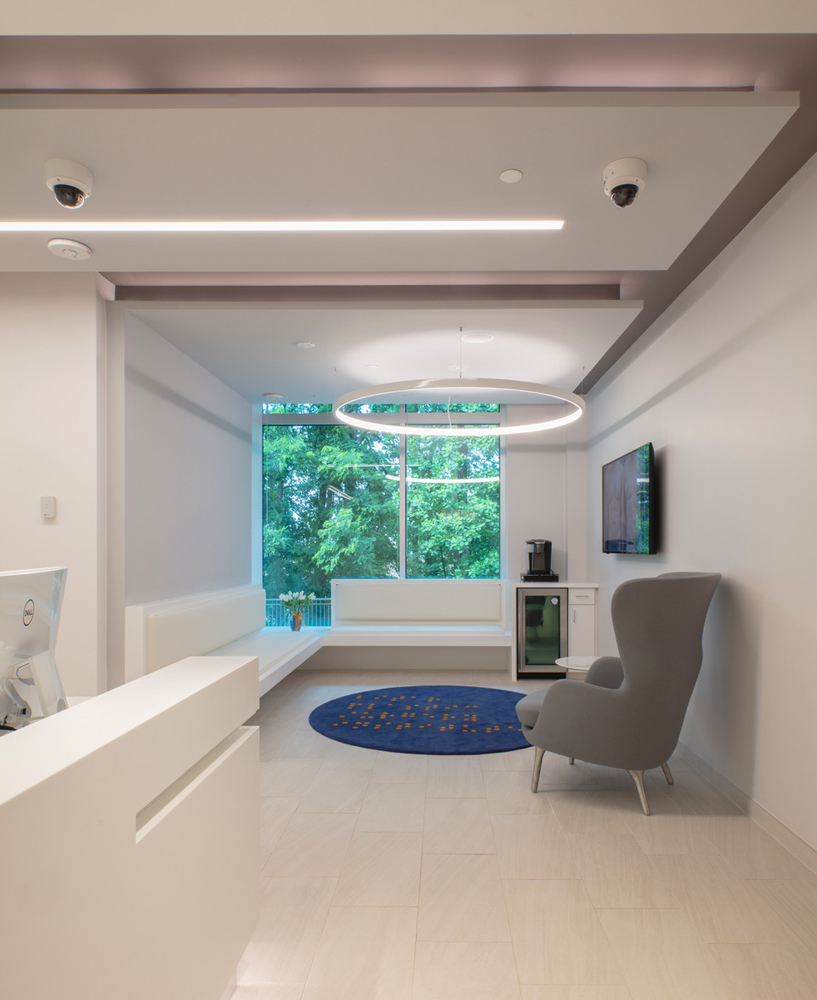
Anti-Bacterial Surfacing Materials to Use in Your Waiting Room
Especially with exponential awareness of sanitation in public places due to COVID-19, it is more important than ever for hospitals and medical facilities to use antibacterial surfacing materials. Anti-bacterial surface materials will protect both healthcare workers and the patients to ensure that the space is as safe and conducive to healing as it can possibly be. With proper use of surface materials and isolation, the waiting room will be as safe as possible from both bacteria and airborne illnesses.
Copper
Copper has great antibacterial properties and reduces the spread of germs quite quickly, killing many upon contact. For this reason, copper is a popular choice in kitchens and bathrooms. Copper has been used as an antibacterial in the days as early as those of the Egyptians, who would use copper to sharpen and clean their swords after a battle. Thus, copper has great possibilities to be integrated into hospitals today. Experts are exploring copper countertops
as well as hospital beds to prevent hospital-acquired infections and prevent transmission between doctors who are working with the same patient.Quartz
Quartz is another great choice because it’s non-porous and scratch-resistant, making it difficult for bacteria to settle in. It’s also quite customizable to the style of your waiting room and office such as quartz countertops, whereas copper is less customizable. Quartz surfaces as a broad category are non-porous and therefore resistant to bacteria, but silestone is the surface material to choose if opting for quartz, as it is the only antibacterial quartz surface. This is because silestone has triclosan properties, making it a great choice.
Solid Surface
Another popular antibacterial option is solid surface counters, as they pair well with all styles of offices as well, so they are a popular choice. Solid material is important because small holes or gaps allow bacteria in, making the office waiting room less safe than it could be. This material doesn’t support the growth of any bacteria, making it a great choice.
Antibacterial Flooring
When redesigning your waiting room for optimal sanitation, the floors are incredibly important! Popular surfaces for flooring that will resist bacteria and mildew include cork, luxury vinyl tile, and ceramic and porcelain tiles. Bamboo is another popular option, although it will need to be sealed and then periodically resealed. These flooring materials can suit a wide variety of styles and texture preferences.
Antimicrobial Coatings
Antimicrobial coatings are another great option if the waiting room is already built. Coatings are applied to existing counters, door handles, and common spaces. The technology can be added and mixed into
paints as well, resisting bacteria and mold.Proper Door Sealing
A protection to take in addition to utilizing antibacterial surfacing materials is properly sealing doors and windows. This is important for isolating the waiting room from the treatment rooms to prevent airborne infections from spreading too easily between patients. Caulk and weatherstripping are two easy options to make sure that doors and windows are sealed as efficiently as possible.
COVID-19 has revolutionized the way we think about sanitation in our day to day lives, in hospitals, and during visits to the medical professionals. The waiting room is a vulnerable place and its safety can undoubtedly be improved by utilizing anti-bacterial surfacing materials and proper sealing.
Matt Lee is the owner of the Innovative Building Materials blog and a content writer for the building materials industry. He is focused on helping fellow homeowners, contractors, and architects discover materials and methods of construction that save money, improve energy efficiency, and increase property value.
Tags: Boutique Clinic, clinic design, FORMA Design, Healthcare Design, interior architecture, Internal Medicine Clinic, medical practice, Modern architecture, Modern Healthcare Design, Modern Interiors